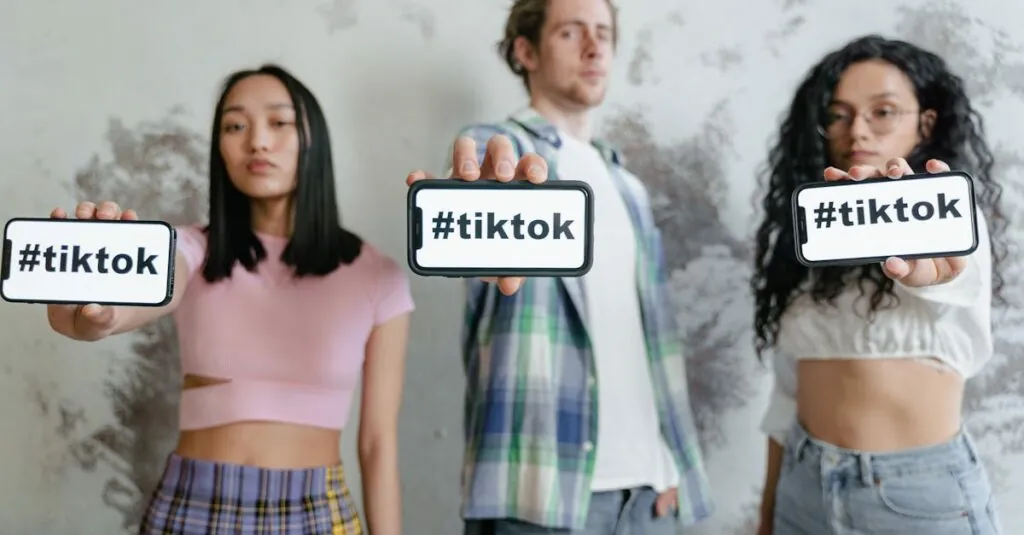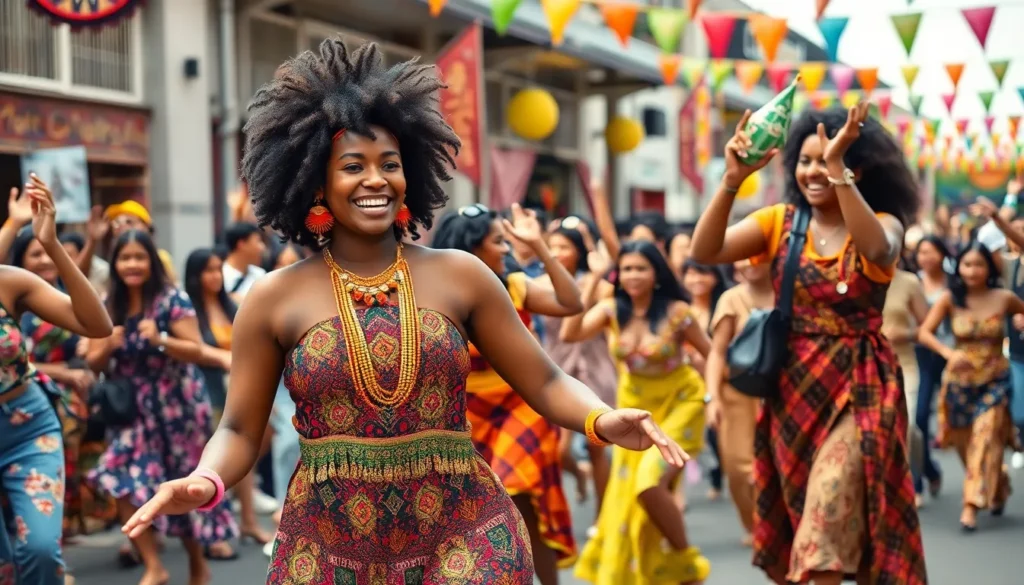Imagine this: you’re scrolling through social media, and suddenly, a video of a dancing cat taking a bubble bath pops up. You chuckle, share it, and next thing you know, your friends are tagging you in it, and the internet is going wild. This, my friends, is the power of viral marketing. But how does it work? And why do some campaigns take off like wildfire while others fizzle out? In this text, we’ll jump into the intriguing realm of viral marketing examples that not only entertained us but also left a lasting impact on brands. Get ready to learn, laugh, and maybe even develop some marketing inspiration.
Table of Contents
ToggleUnderstanding Viral Marketing

Viral marketing refers to strategies that encourage individuals to share content with others, creating a rapid spread of information about a product or service. Unlike traditional marketing, which often relies heavily on paid ads, viral marketing capitalizes on word-of-mouth and social sharing. The concept is akin to digital contagion: one person shares content and, before long, it reaches hundreds or thousands.
But how does one achieve this elusive viral status? It begins with crafting a message that resonates, entertains, or shocks. Successful viral campaigns tap into human emotions, making them memorable and shareable.
Key Characteristics of Viral Campaigns
What makes a marketing campaign go viral? Several key characteristics stand out:
- Emotional Appeal: Whether it’s humor, surprise, or even sentimentality, evoking a reaction is crucial. A well-timed joke or a heartwarming story can ignite sharing.
- Simplicity: The message needs to be easily digestible. Can someone grasp the concept in a few seconds? The quicker, the better.
- Shareability: A campaign must be designed for sharing. This could include interactive elements or challenges that encourage participation.
- Relevance: Trending topics or cultural phenomena often serve as excellent backdrops for viral content. Aligning with what’s relevant increases credibility.
These characteristics form the backbone of any potential viral marketing strategy. The more of these elements present, the higher the chances of the campaign exploding into the digital stratosphere.
Successful Viral Marketing Examples
Many brands have successfully harnessed the power of viral marketing. Here’s a rundown of a few standout examples:
- Nike’s “Dream Crazy” Campaign: Featuring Colin Kaepernick, this campaign took a strong political stance while inspiring many. The message resonated deeply, leading to a flurry of shares across social platforms.
- Old Spice’s “The Man Your Man Could Smell Like”: This iconic ad features humor and surreal visuals, transforming an aging brand into a modern sensation overnight as viewers shared it for its entertainment value.
- Dove’s #NoFilter Campaign: By showcasing unfiltered, authentic beauty, Dove positioned itself as a brand committed to self-acceptance. This genuine touch struck a chord with many users, leading to widespread sharing.
- ALS Ice Bucket Challenge: Originally a fundraising campaign, it became a global phenomenon as people dumped ice water on themselves and challenged others to participate. With millions shared across platforms, it raised substantial awareness and donations for ALS.
Analyzing the Impact of Viral Marketing
The impact of viral marketing extends beyond mere numbers. Positive engagement can boost brand loyalty, increase sales, and significantly enhance brand awareness.
For instance, Nike saw a sharp increase in sales following their controversial yet impactful campaign. Similarly, the ALS Ice Bucket Challenge not only raised millions for research but also heightened public awareness of the disease. Hollywood often looks to marketing case studies for lessons in audience engagement, as these viral campaigns have both economic and social implications.
But, it’s essential to recognize that not every viral campaign remains effective in the long run. Some may experience initial surges in popularity but fail to convert engagement into sustained customer relationships.
How to Create a Viral Marketing Campaign
Creating a viral marketing campaign may feel like chasing a mirage, but with the right strategies, it’s entirely achievable:
- Identify Your Audience: Understanding who you’re communicating with is vital. Tailor your campaign to resonate with their interests and emotions.
- Craft Engaging Content: Focus on visuals, narratives, or humor that grabs attention. Ensure that your content encourages sharing or participation.
- Leverage Social Media: Use platforms where your target audience spends their time. Use the right hashtags and collaborate with influencers when necessary.
- Encourage User-Generated Content: Invite users to participate in challenges or share their experiences related to your brand. This builds community and promotes further sharing.
- Monitor Trends: Be ready to pivot. Stay in tune with current events and trending topics that might resonate with your audience. Agility is key in viral marketing.
Challenges in Viral Marketing
While the allure of viral marketing is undeniable, it comes with its challenges. Not every campaign will achieve the intended viral effect.
- Unpredictability: The sheer randomness of what becomes viral can be frustrating. There’s no guaranteed formula, and even the best-laid plans can go awry.
- Negative Backlash: Sometimes, what’s intended as humorous can miss the mark and offend. Brands must tread carefully to avoid negative publicity.
- Dilution of Message: In the rush to go viral, the core message can get lost. Maintaining brand values while appealing to audiences is a delicate balance.
- Short Attention Spans: In our fast-paced world, content can quickly become irrelevant. Keeping the audience engaged long after the initial buzz is a challenge.






